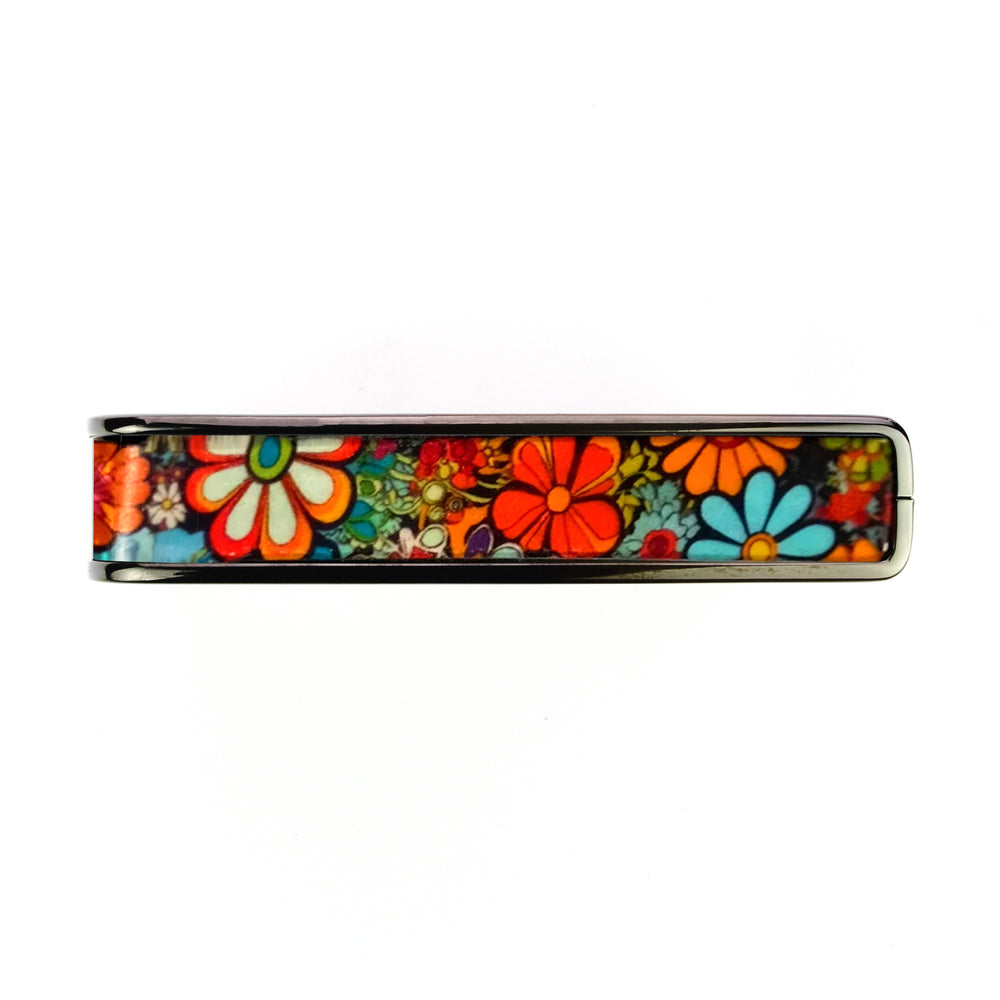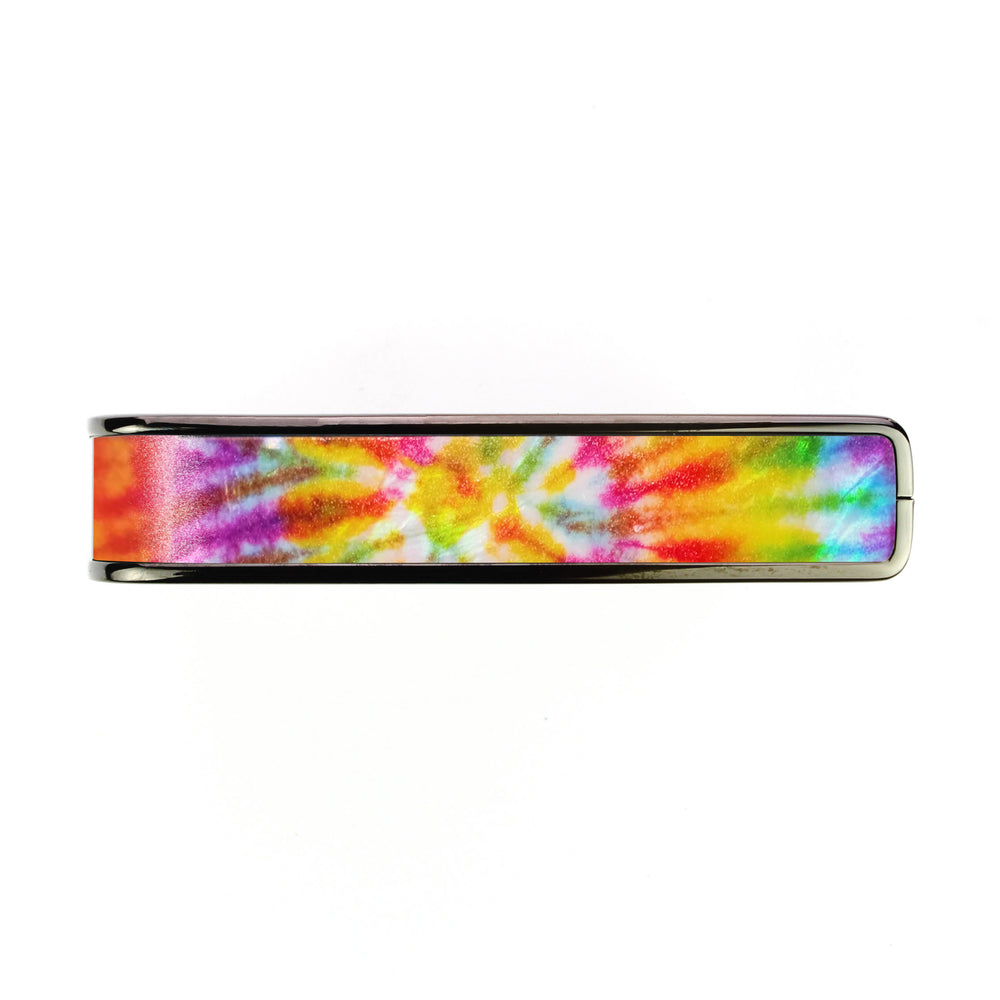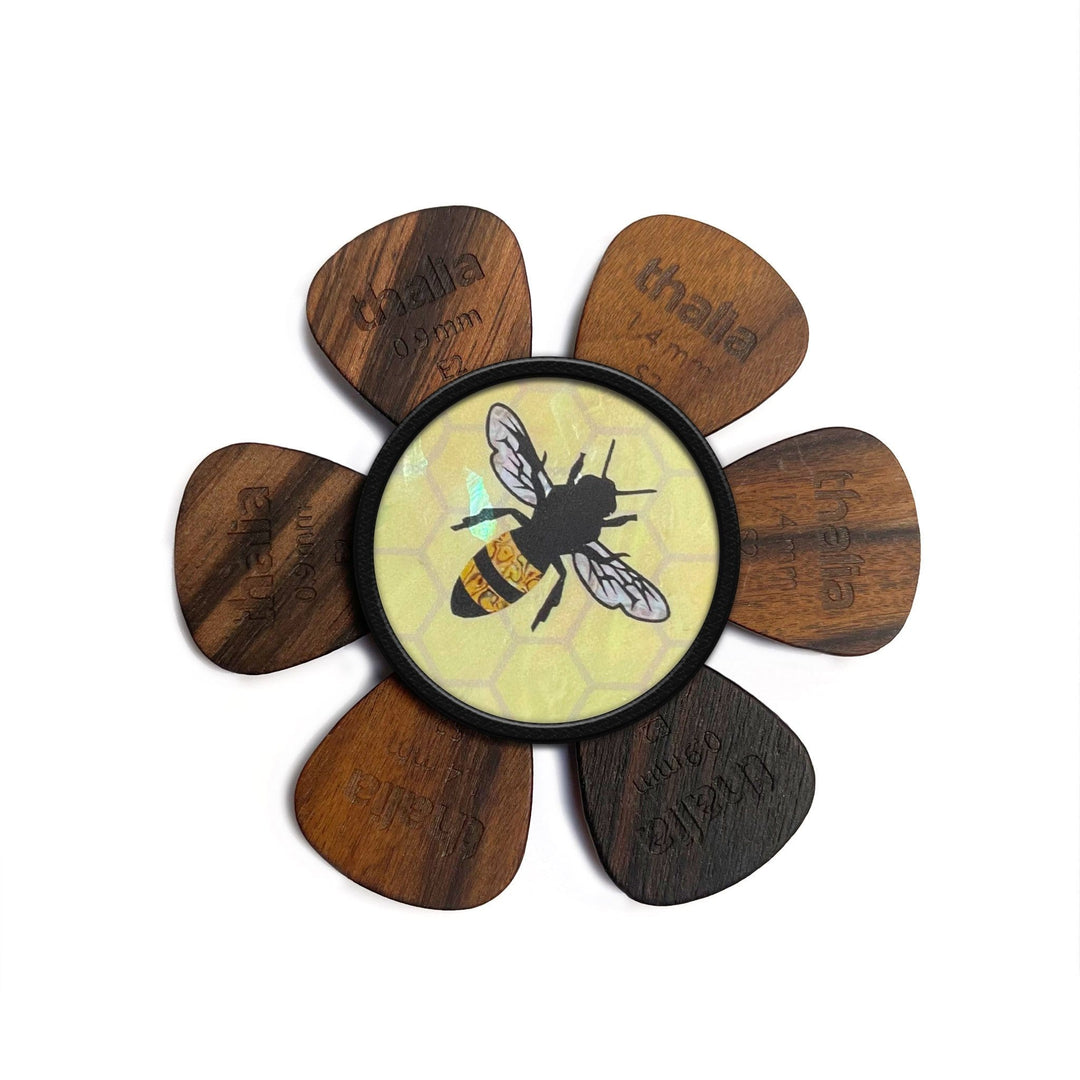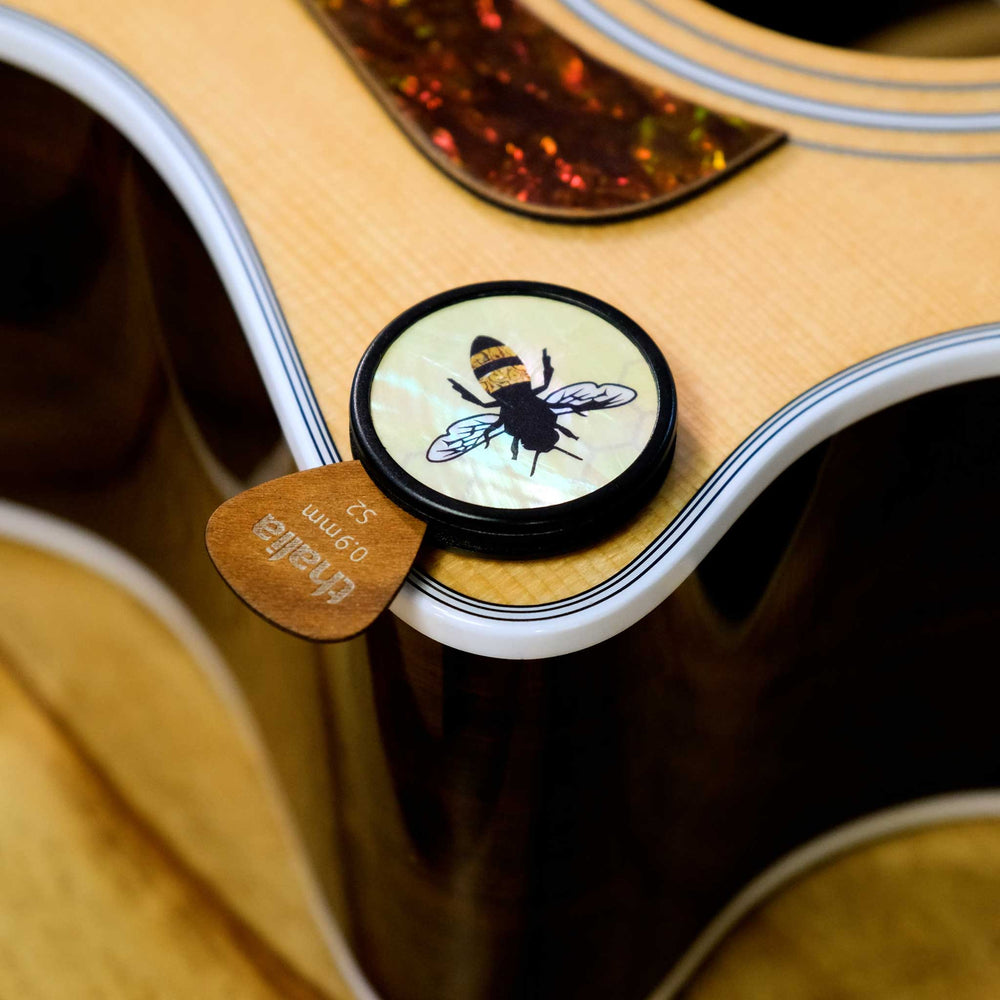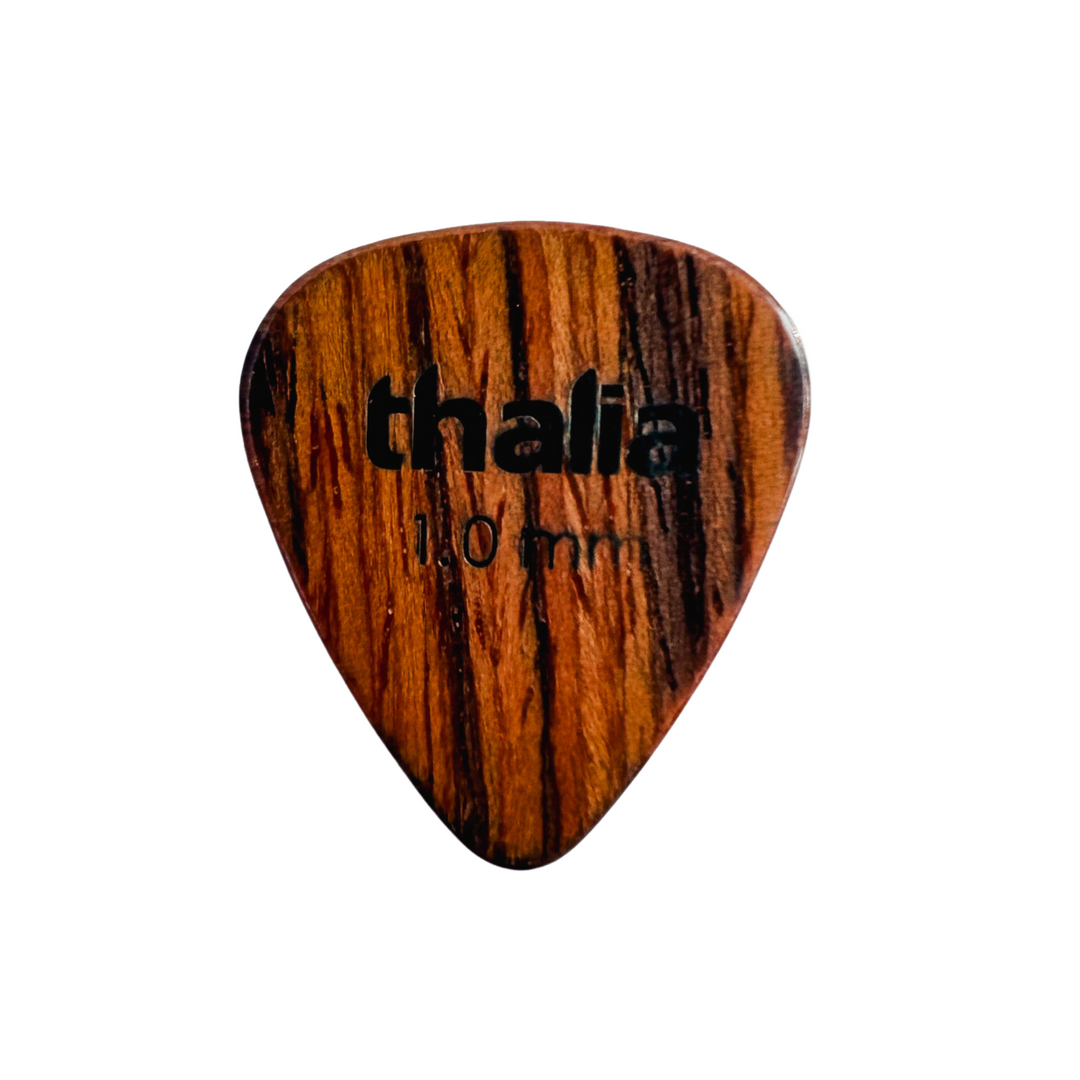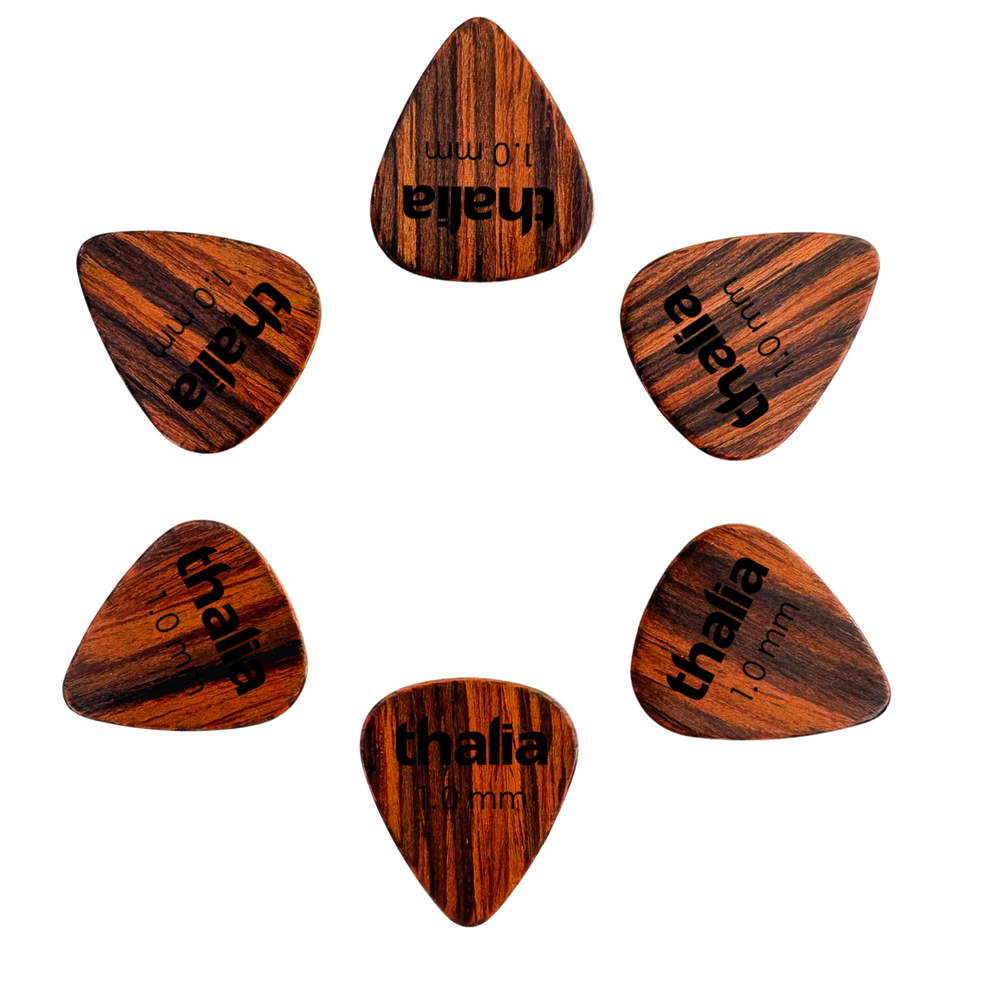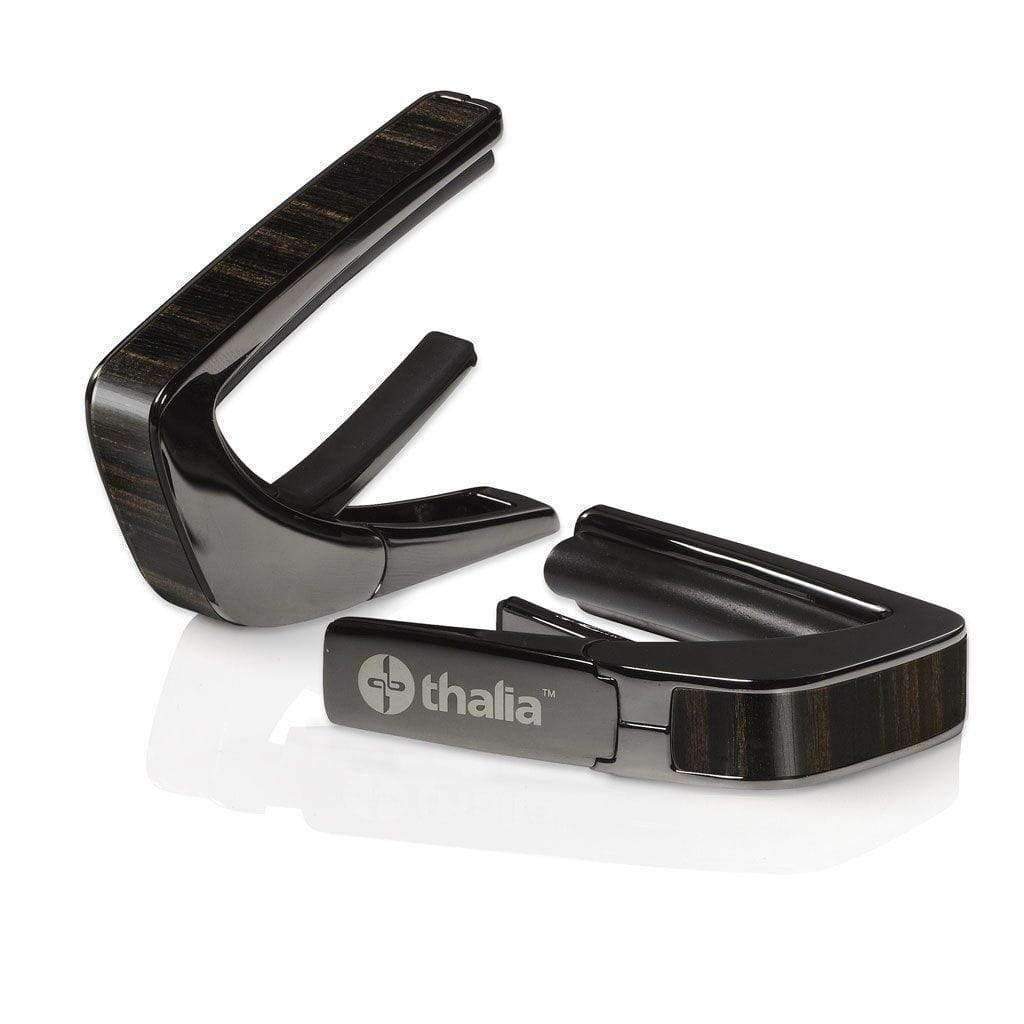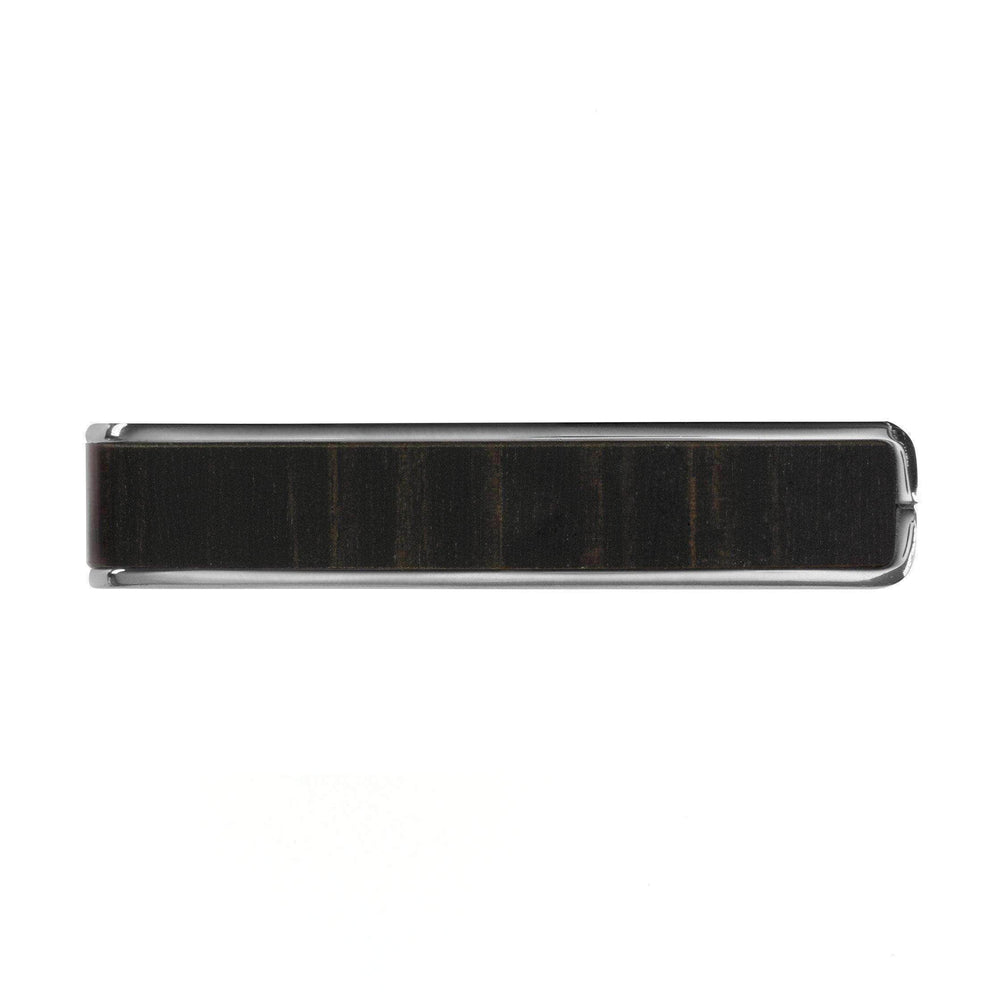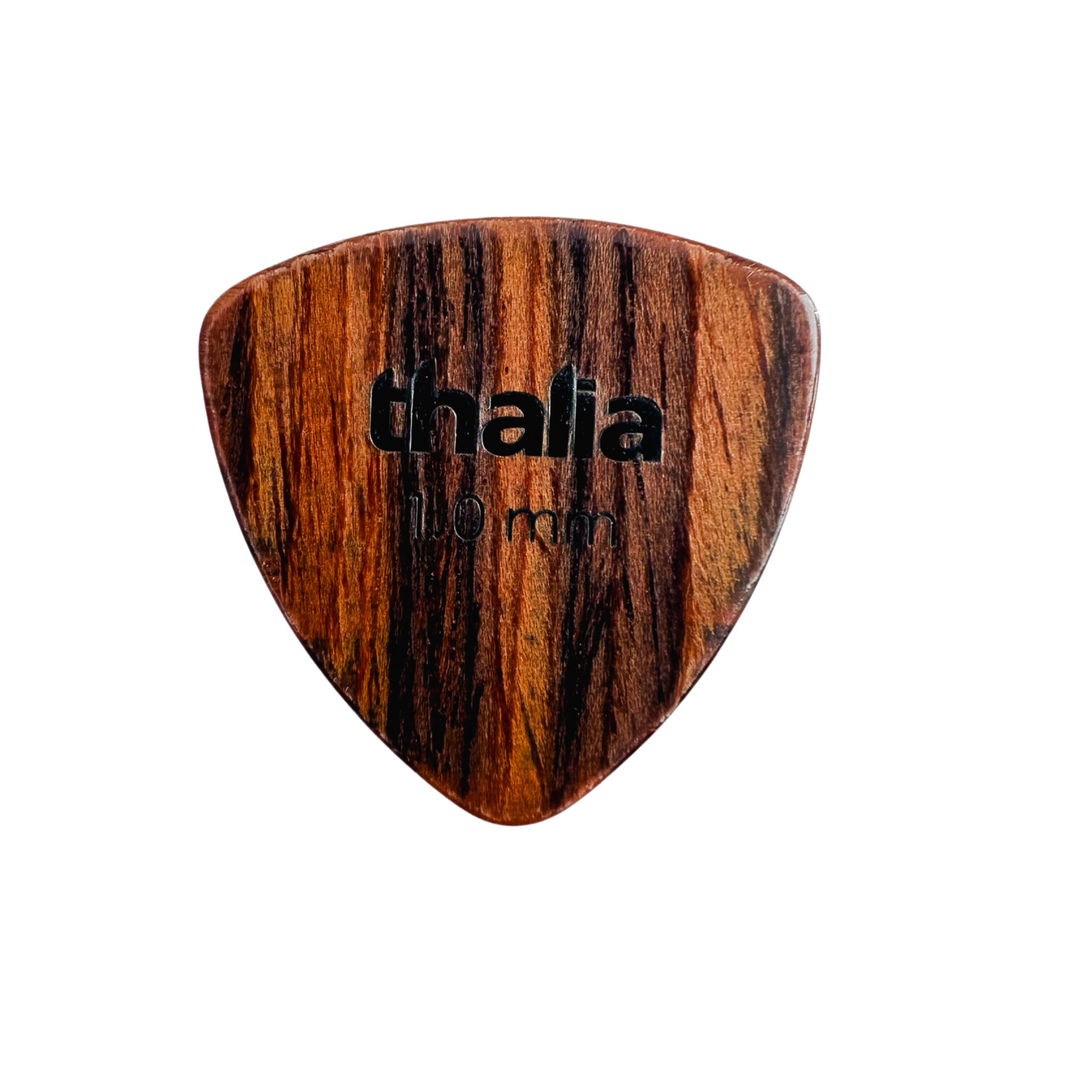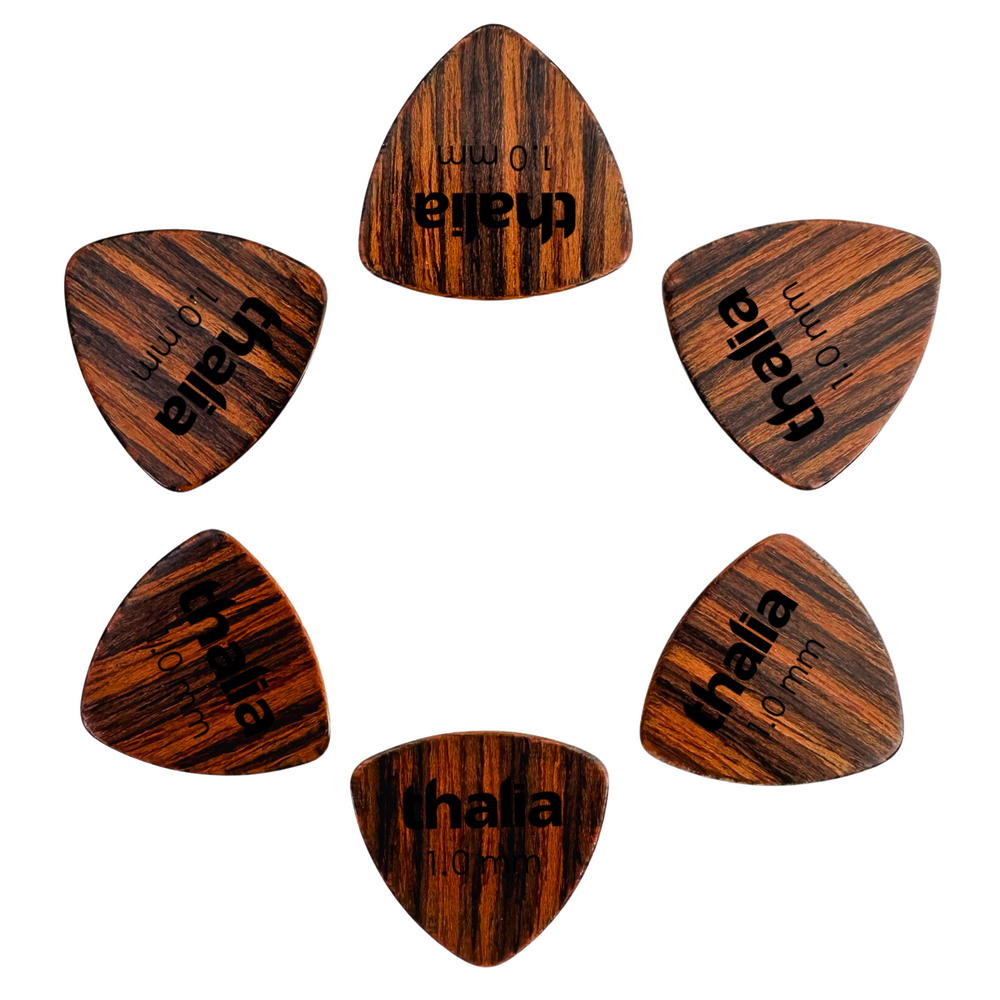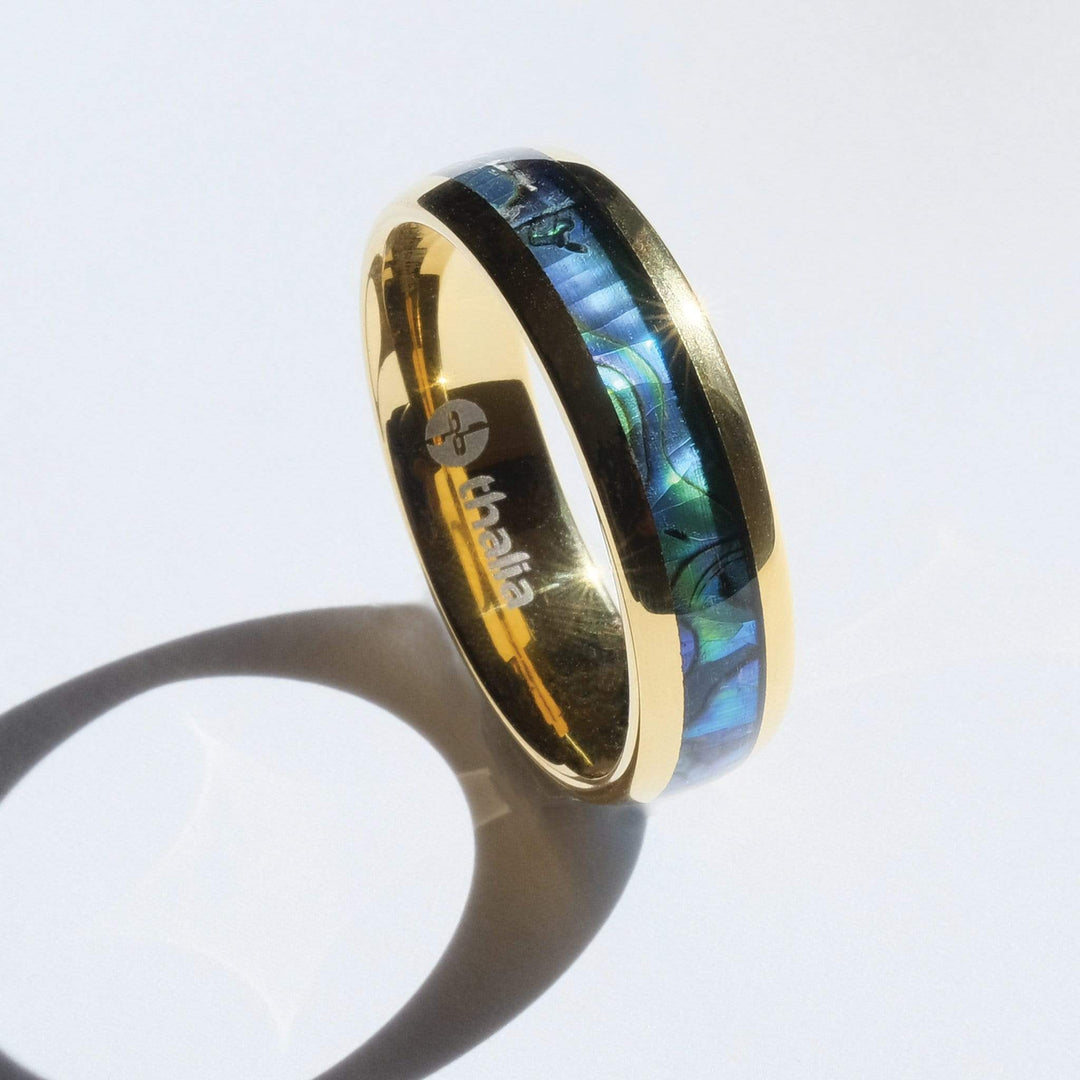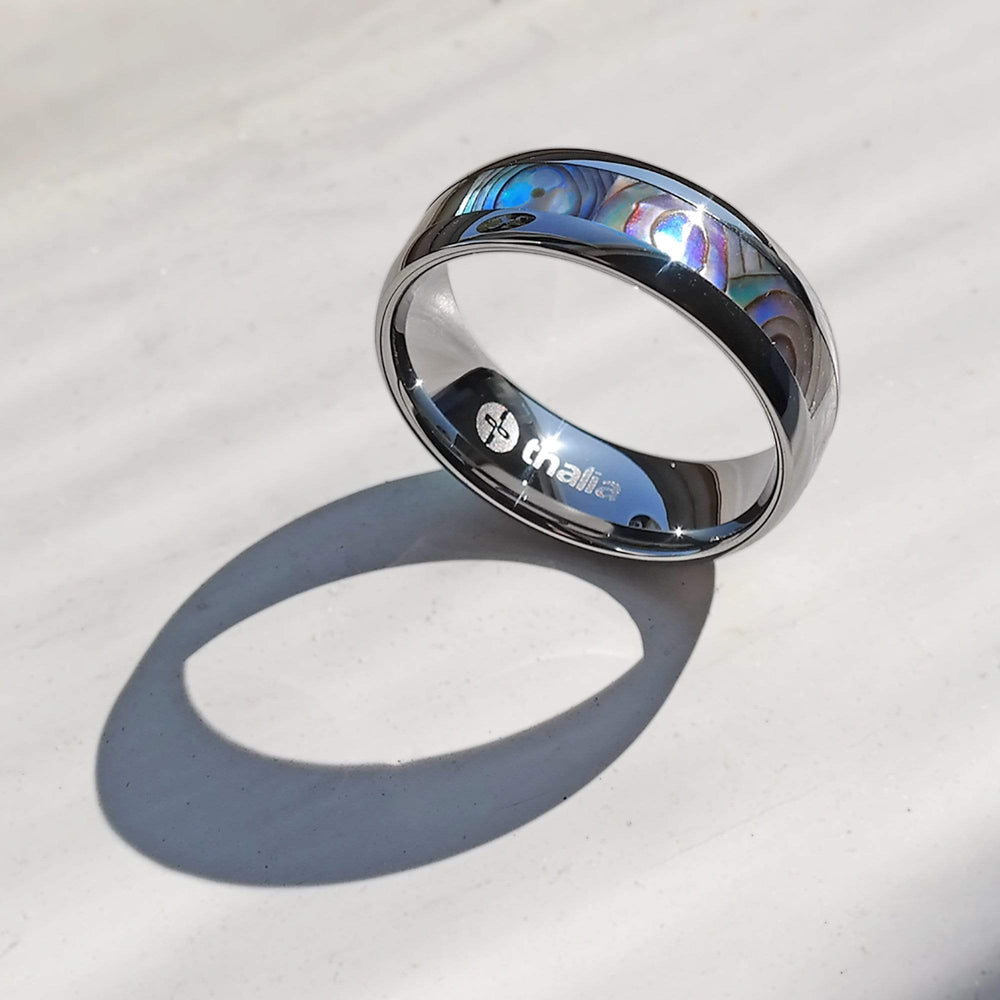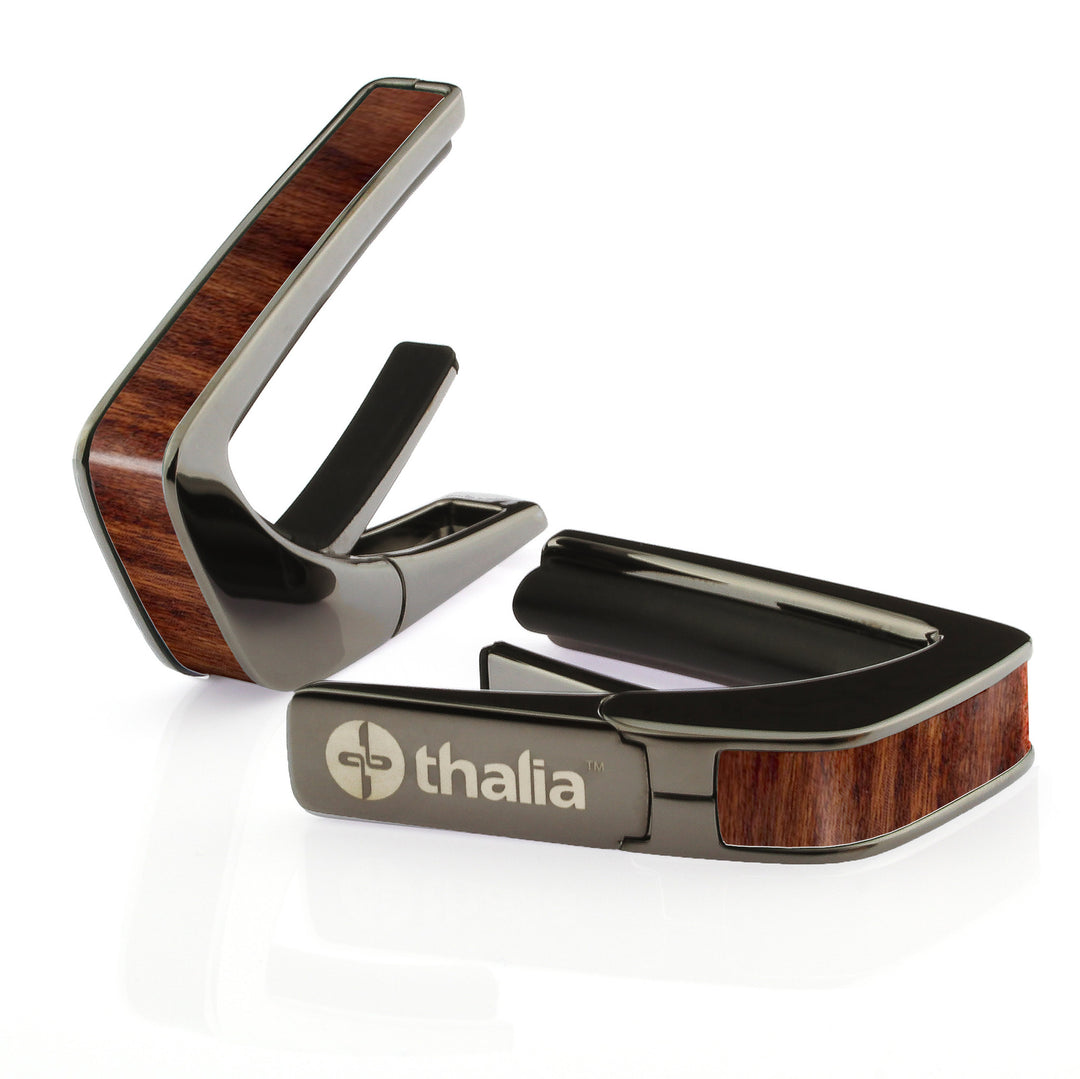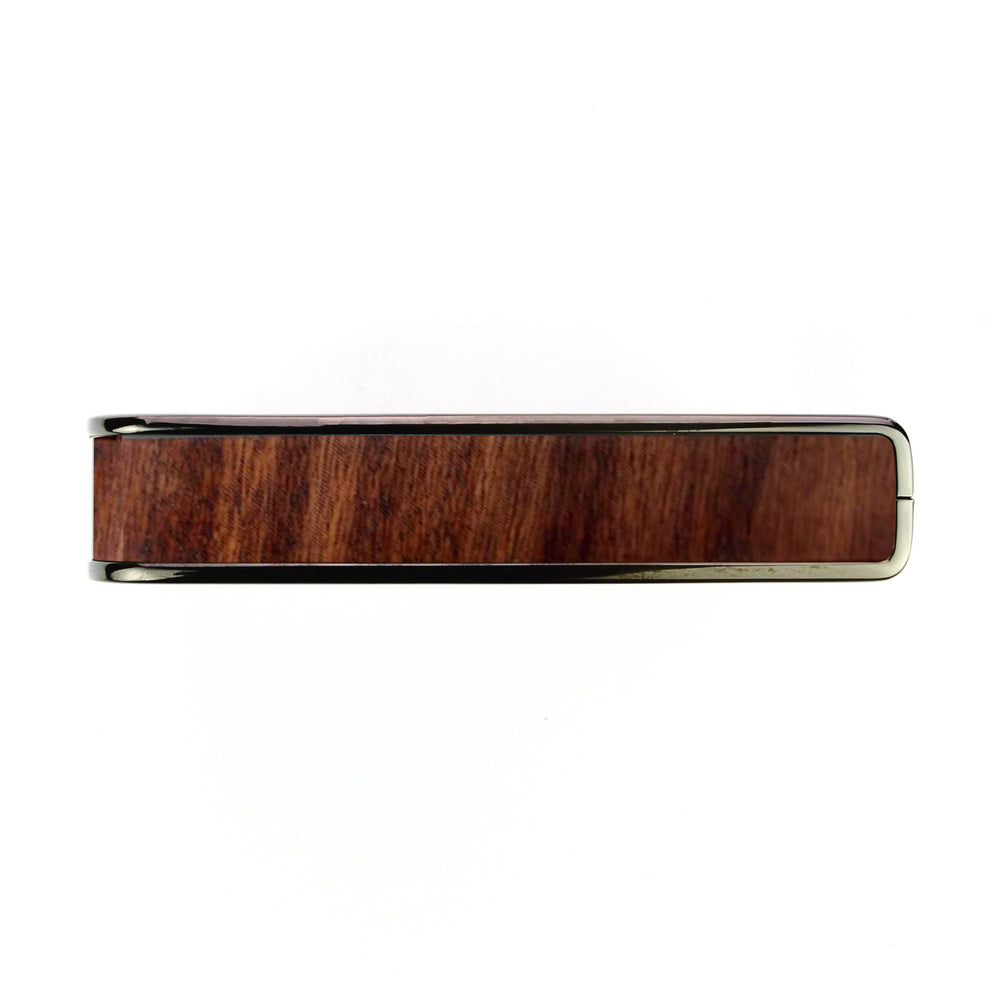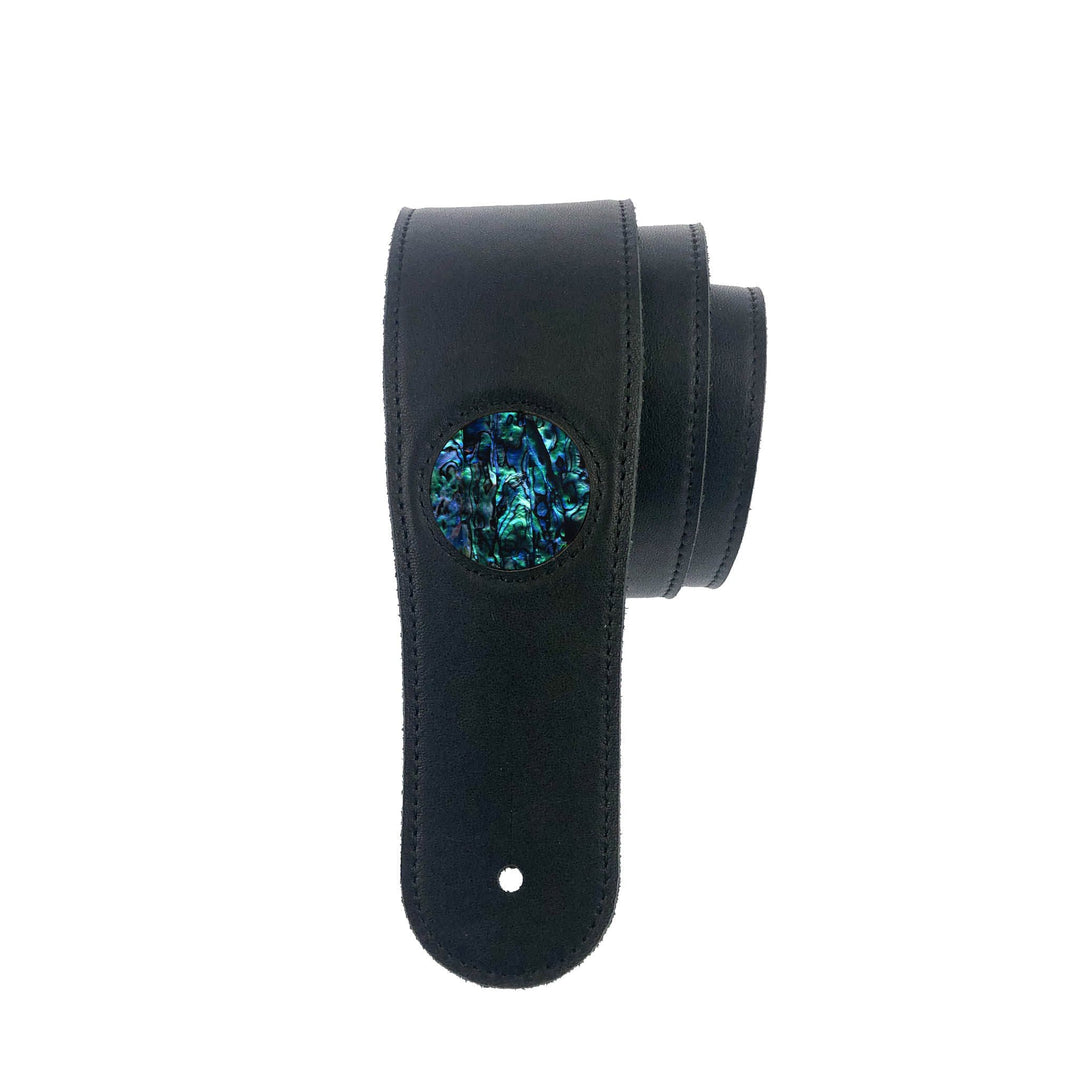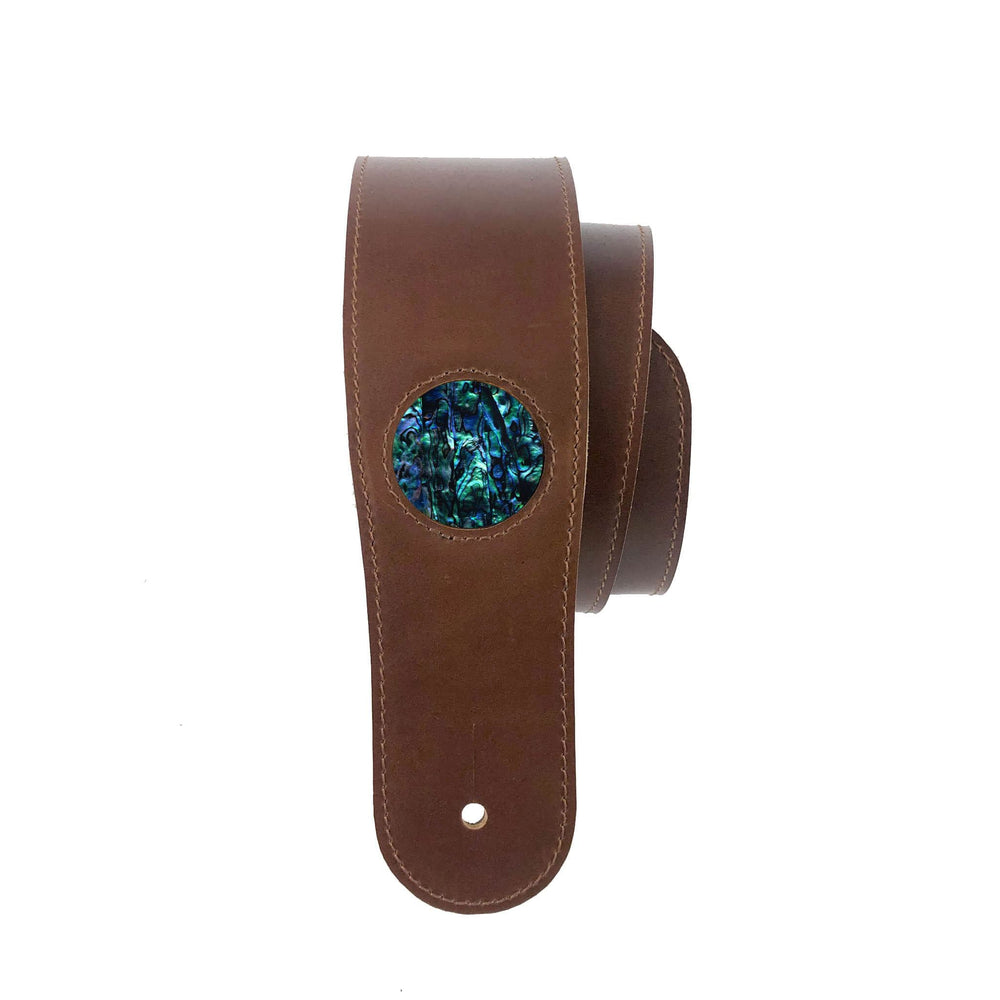Fingerboard Stories
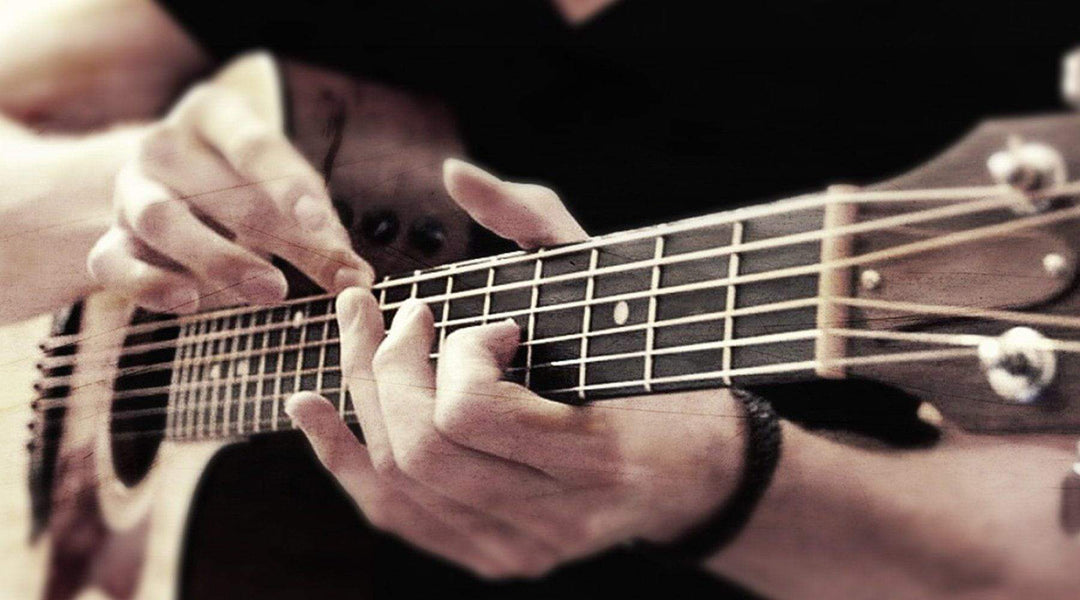
Here at Thalia Capos, fingerstyle guitar playing is a true passion. There’s nothing quite like hearing an amazing finger-stylist doing their thing, and watching someone working with their left and right hands in complete synchronicity is one of the things that keeps us pushing to play to every day. With such a love for great fingerstyle playing, it might not surprise you to know that debates about the greatest finger stylist of all time are a frequent occurrence in the Thalia studio. And, that finding consensus amongst the staff here is a rarity!

Throughout my teenage years, posters of guitar heroes were in regular rotation on my bedroom wall.
Kurt Cobain, Jimi Hendrix, George Harrison and James Hetfield were all given “hall of fame” status by me for a time, coming and going as my tastes and fascinations changed, and then changed back again.
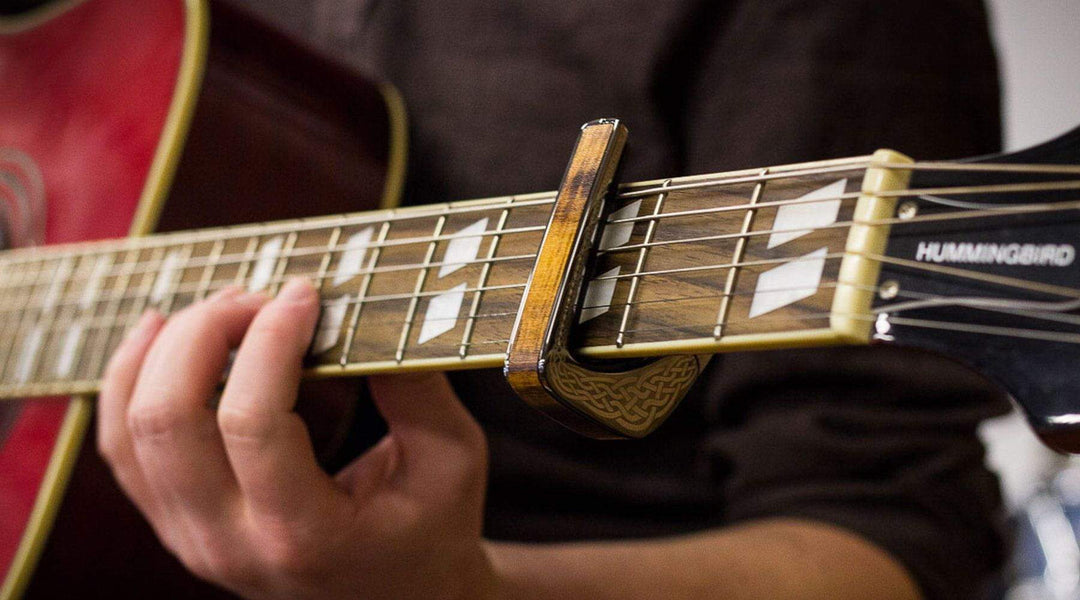
You might not know what a capo looks like, but you’ve almost certainly heard one being used. They’ve long been the secret weapon of many a guitar hero. Keith Richards, George Harrison, Jimmy Page, Bruce Springsteen and Tom Petty have all kept one in their gig bag at one time or another, and used them on many a classic song.

Even if you’re not a fan of his music, you’re probably familiar with Peter Frampton’s Gibson Les Paul, “Phenix.” It’s the “Frampton Comes Alive!” guitar; the one that he plays on the album, and the one that he’s photographed with on the cover. Today, we’re going to share the story of the iconic “Phenix” guitar; how Frampton got it, lost it, and finally got it back.
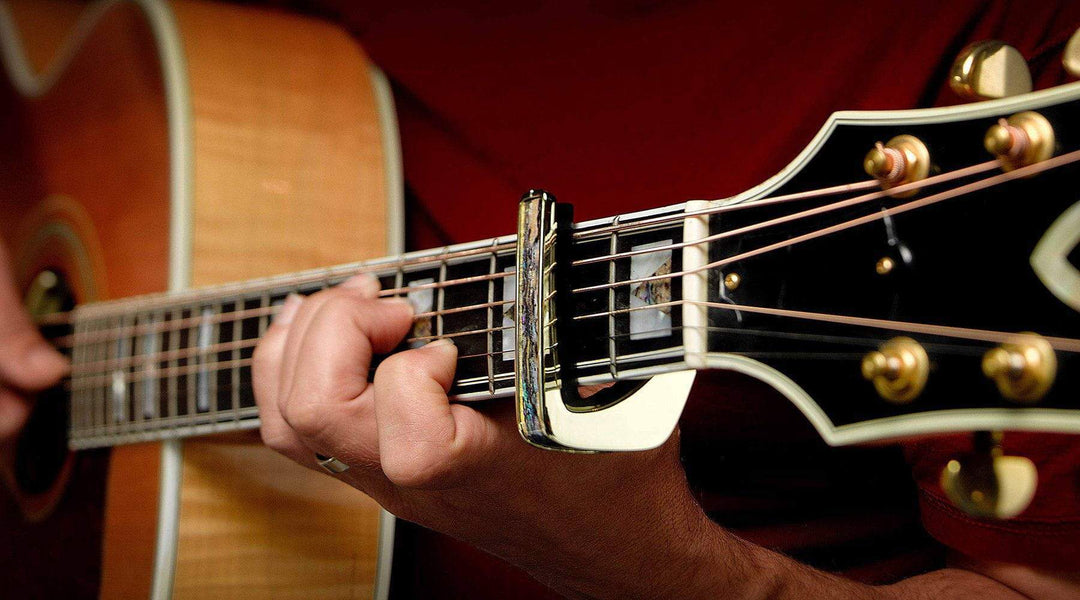
The small, but mighty capo is a seriously useful tool to have in your gig bag.
It opens up your fretboard, means you can learn lots of songs without learning complicated chords, and makes transposing songs into different keys a breeze.
Capos are great for making guitar playing simple. But, figuring out which fret to place your capo on can sometimes be confusing.





